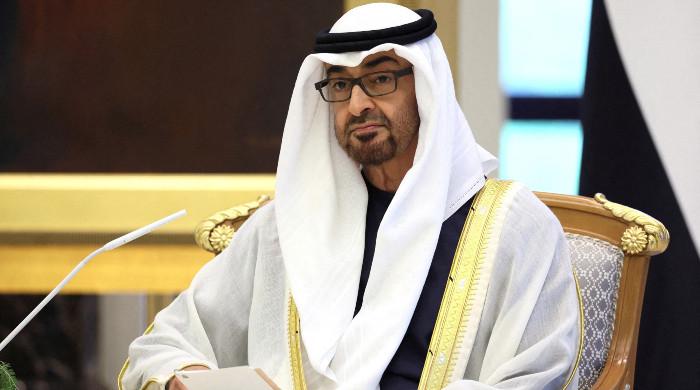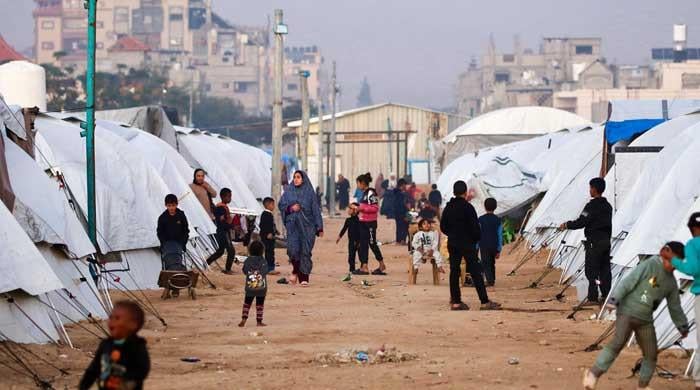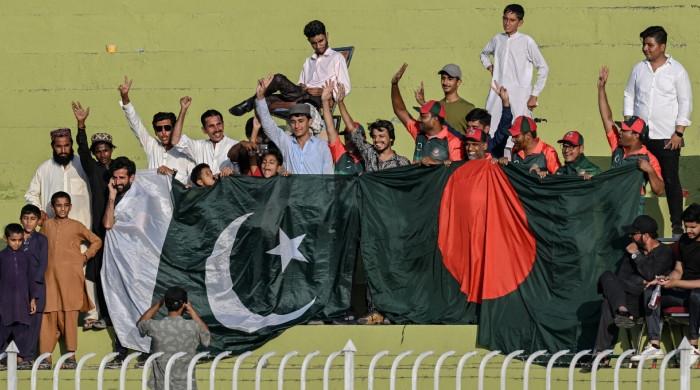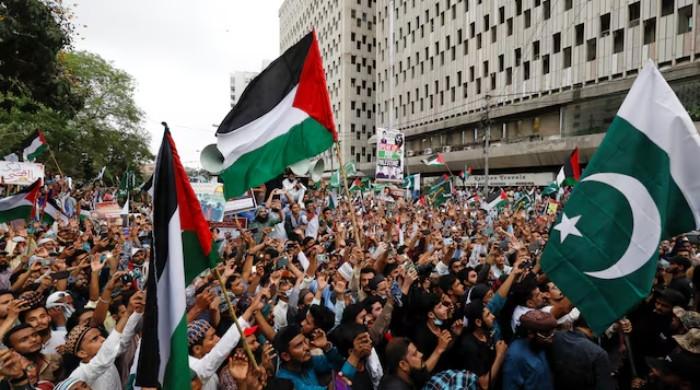Smog again: Is the government really committed to the environment?
Punjab reels under thick smog again, yet there is no long-term strategy, only emergency plans
October 17, 2018
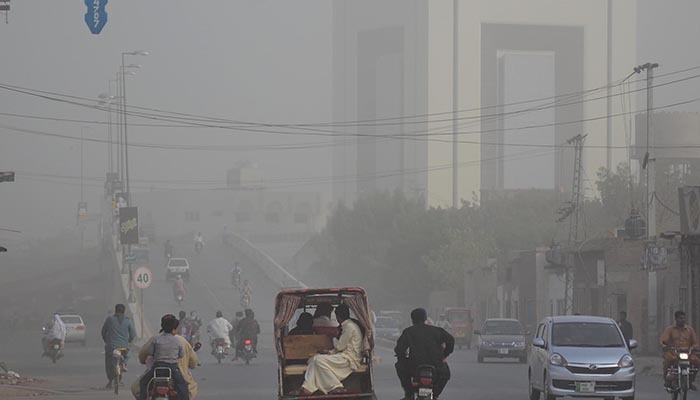
Air quality in Pakistani cities is known to be some of the worst in the world. Dirty fuels, poor quality petrol and diesel, construction dust, industrial emissions and secondary aerosols are at levels – where there are air quality monitors to measure them – well over prescribed Environmental Quality Standards for ambient air.
New research on air pollution reveals it to be a silent global killer, responsible for innumerable deaths, sickness and loss of economy. In recognition of the importance of this public health issue, the WHO is hosting the first international convention on air quality and health in Geneva later this month.
Here in Punjab and North India at the onset of winter, falling temperatures, especially around large cities, can lead to temperature inversion: a layer of cold air in the atmosphere. On its own, it’s a weather phenomenon. But an inversion cloud over an area producing lots of air pollution will trap the pollution and prevent it from escaping into the atmosphere. This phenomenon is known as smog and persists until the inversion cloud dissipates.
Smog is extremely hazardous and is a public health emergency.
When the “Lahore Smog” event of November 2016 occurred, it took everyone by surprise. Temperature inversions aren’t rare but are normally experienced as a dense fog that sometimes occurs in the winter season.
When the second smog event began in late October 2017, people started asking questions about what was going on. By that time, the Pakistan Muslim League-N government of Punjab, on the directions of the Lahore High Court, had adopted a Smog Policy.
Unsatisfied with the Smog Policy and a hastily put together Smog Health Emergency Action Plan, the Lahore High Court constituted a Smog Commission to formulate a holistic policy that could identify the root causes and prescribe “a plan to protect and safeguard the life and health of the people...”
The responsibility to chair the Commission was placed in the able hands of the distinguished senior Advocate Dr Pervaiz Hassan. Before the Commission could finalize and submit its report, a suo motu notice “regarding the air pollution prevailing in the country” was taken, and the Commission wound up submitting its report to the Supreme Court.
Last month, a “Chief Minister’s Committee on Smog” was convened at the Punjab CM’s Secretariat. This indicates that the present government is aware of the issue. While the newly-elected chief minister did not attend the meeting, the Environment Protection Department presented its action plan in preparation of a likely smog event.
The plan is essentially a modified version of the recommendations by the Smog Commission. Suggestions include closing brick-kilns, imposing a Section 144 ban on the burning of solid waste and crop residues and sealing polluting industrial units. The plan also envisages aiding the conversion of brick-kilns to zig-zag technology known to reduce their emissions and energy requirements.
If Punjab is once again blanketed by smog, the Supreme Court will most likely take notice of the matter and summon the usual suspects. Admonishments would be cast down, but at the and of the day, the EPD is going to point out that it did what it was supposed to. Crop burning in India will in all probability be blamed.
Frankly put, nothing in the action plan will work to stave away a smog event. Nothing can be done in the short term to reduce the incredible amount of year-round air pollution. If the inversion cloud appears, there will be smog. To counter smog, you have to deal with air pollution. And for that oil refineries would have to pay to upgrade the quality of fuels sold in the country; massive investments in desulphurization in the coal-fired power industry would have to be made; all automobile owners would have to purchase catalytic converters for their cars. That’s the tip of the iceberg.
There would have to be massive investments in clean energy and public transport and structural changes to the economy. None of this is happening and, with the IMF Mission coming next month, not likely to happen.
The reality is there are only a handful of air quality monitors owned by the government of Punjab. These are too few to get a realistic sense of the air quality in Lahore, let alone the 36 districts of Punjab.
Without this basic knowledge of what contributes to air pollution and how bad it is, no real policy action has a chance to succeed. For a country that’s experienced two smog events in as many years, the fact that we don’t even have the equipment to monitor air quality (or the experts to interpret the data) sums up where we are: nowhere.
The focus in the next smog event should not be allocating blame on who is polluting, but who is protecting the public’s health, especially young children, senior citizens and pregnant women. Schools should be directed to formulate SOPs for what to do in case of smog or elevated air pollution (reduce or eliminate outdoor activity, for example); newspapers should publish daily air quality reports; hospitals should be equipped with kits to deal with pollution-related problems.
There are many examples that can be quoted. In Delhi, organizations are donating gloves and sweaters to security guards (who often burn wood at night to keep warm as the temperatures drop). We must do all this and more.
Unless the government really commits to the structural reforms and large investments required to improve air quality, it may have to face the smog every year of its tenure. Smog and air quality will certainly be a test of the government’s commitment and resolve to protecting the environment.
Alam is an environmental lawyer and tweets at @rafay_alam




